
Nesse Godin neé Galperin was a Lithuanian Holocaust survivor whose life story stands as a testament to resilience, the horrors of genocide, and the enduring power of memory. Her firsthand accounts, preserved in oral histories and writings, offer a deeply personal lens on the broader historical events of the Holocaust.
The Nazi Occupation of Lithuania
Born on March 28, 1928, in Šiauliai, Lithuania, Nesse grew up in a devout Jewish family that operated a dairy business. Her early years were marked by religious education and community life.
In June 1941, when Nesse was just 13 years old, Nazi Germany launched Operation Barbarossa, the massive invasion of the Soviet Union, which included Lithuania. German troops quickly overran the region, and with them came the Einsatzgruppen—mobile killing squads tasked with exterminating Jews, Roma, and others deemed enemies of the Reich.
Lithuania became one of the first regions where mass shootings of Jews were carried out systematically. Within months, tens of thousands of Lithuanian Jews had been murdered, often with the help of local collaborators.
Einsatzgruppe A and the Šiauliai Massacres
Šiauliai fell under the jurisdiction of Einsatzgruppe A, commanded by SS-Brigadeführer Franz Walter Stahlecker. In his own comprehensive report dated October 15, 1941, Stahlecker detailed the systematic extermination of Jews in the Baltic region, including Lithuania.[1]https://pages.uoregon.edu/dluebke/NaziGermany443/StahleckerReport.html He reported that by mid-October 1941, his unit had executed over 118,000 Jews.[2]https://encyclopedia.ushmm.org/content/en/timeline-event/holocaust/1939-1941/stahlecker-report
It is hard to fathom, but Stahlecker’s own report explicitly mentions the collaboration with local forces to carry out these mass killings. He stated:
“Following out orders, the Security Police was determined to solve the Jewish question with all possible means and most decisively.”[3]https://en.wikisource.org/wiki/Comprehensive_report_of_Einsatzgruppe_A_up_to_15_October_1941
This document served as crucial evidence during the Nuremberg Trials, illustrating the premeditated nature of the Holocaust in the Baltic states.
While Stahlecker himself was killed in action by Soviet partisans in March 1942 and thus never stood trial, other high-ranking members of the Einsatzgruppen were prosecuted by signatory Benjamin Ferencz in the Einsatzgruppen Trial.
Šiauliai Ghetto – Survival Through Forced Labor
Nesse’s life was irrevocably changed as her city, Šiauliai, was transformed into a ghetto by the occupying Germans. Established in July 1941, the Šiauliai Ghetto was one of several in Lithuania, including the larger and more infamous Vilna (Vilnius) and Kovno (Kaunas) Ghettos. The Nazis subjected its Jewish residents to forced labor, starvation, brutal conditions, and regular “actions”—selections for deportation or execution.
To avoid selections, her father created a hiding spot for her behind a cabinet. Eventually, her parents secured her a labor position at a hospital, believing work might offer protection.[4]https://www.nessegodin.com/nesse-s-story
On 5 November 1943, her father, Pinchas, was deported, Nesse recounts the fateful day when she last saw her father.
Mama said, “My child, the trucks are here.” Trucks mean deportation. Deportation means separation of families. It was such a chaos in the ghetto.
Coming back from work later that evening cries can be heard as they near the ghetto, cries Nesse hopes no human being will ever have to hear.
Her father had with a group of others been rounded up and deported to Auschwitz. Here he is murdered in the gas chambers, a fate shared by over 90% of Lithuania’s prewar Jewish population.
Nesse, her mother, and brother survived this selection by being at work outside the ghetto .[5]https://www.ushmm.org/remember/holocaust-survivors/first-person-conversations-with-survivors/first-person/nesse-godin-a-day-in-the-siauliai-ghetto
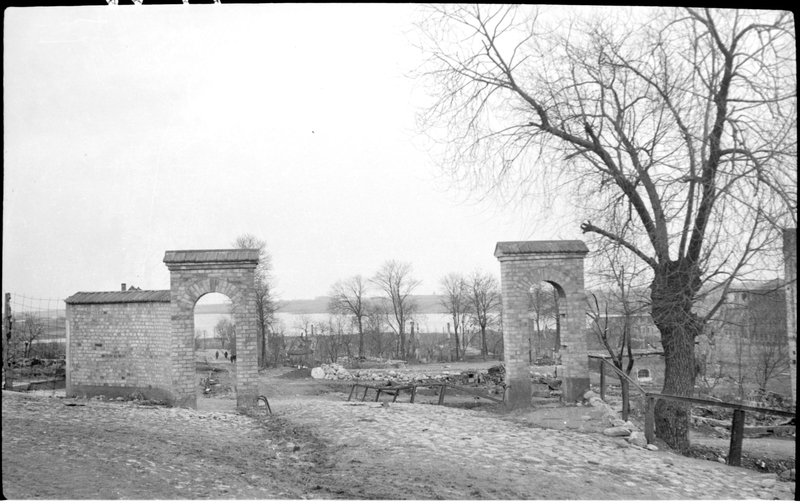
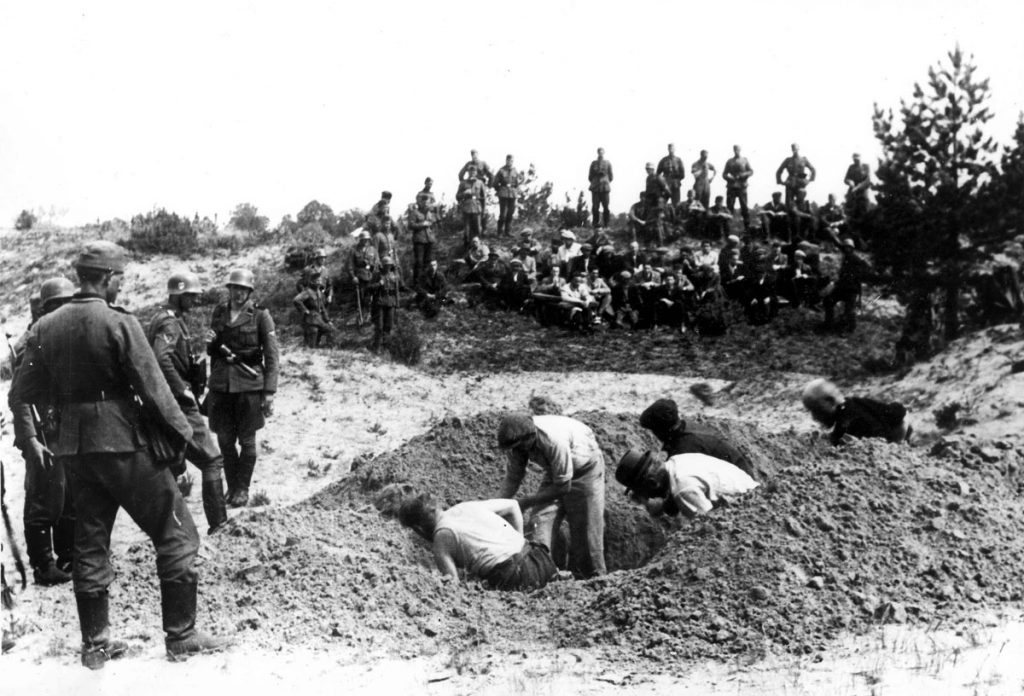
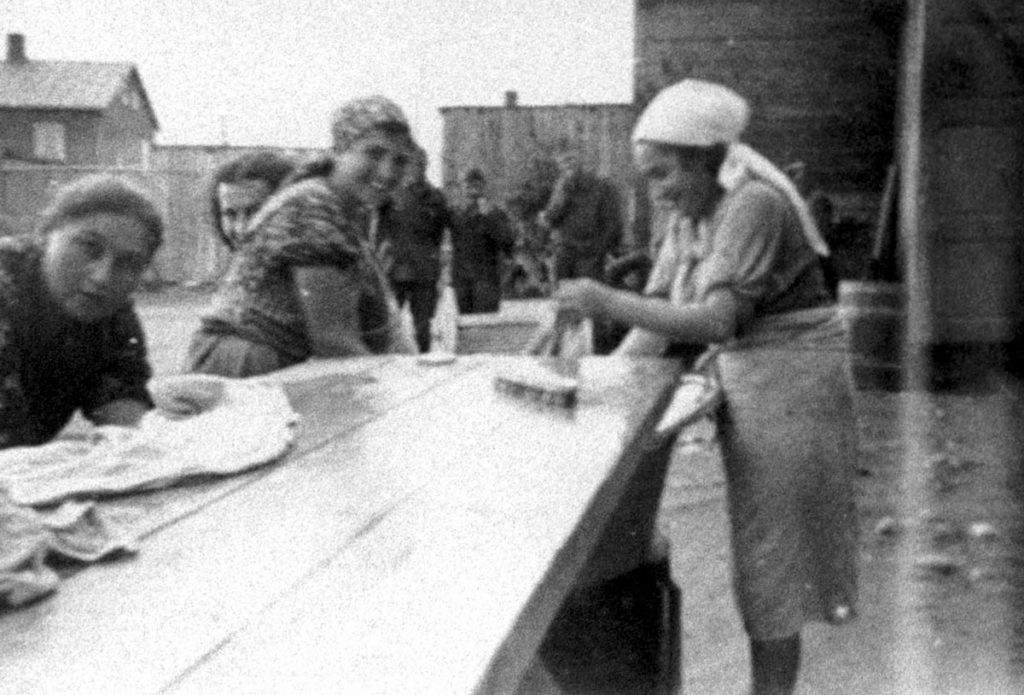
Stutthof
In July 1944, as Soviet forces advanced, the remaining Jews in the ghetto were deported to Stutthof concentration camp.
This notorious concentration camp located near Danzig (modern-day Gdańsk, Poland) was established as early as 1939. Over 110,000 people passed through it—Jews, Poles, Soviet POWs, and others—of whom an estimated 65,000 died due to executions, forced labor, disease, and starvation.
Nesse became prisoner number 54015 and was separated from her mother and brother, Jecheskel. Her other brother Menashe evaded deportation with the help of a non-Jewish friend.
She was still a child, yet she was exposed to the full machinery of Nazi terror: forced marches, cruelty, hunger, and the constant threat of death. Prisoners were treated as expendable, subjected to beatings, and deprived of basic necessities.
Nesse later endured forced labor in multiple subcamps, facing starvation, beatings, and disease.[9]https://encyclopedia.ushmm.org/content/en/oral-history/nesse-galperin-godin-describes-her-appearance-at-the-time-she-was-liberated
The Death March: January–March 1945
In early 1945, as the Soviet Red Army advanced from the east, the Nazis began evacuating camps to cover up their crimes and prevent prisoners from being liberated. These evacuations took the form of death marches—grueling treks in freezing temperatures with little to no food, where those who collapsed were shot or left to die.
Nesse Godin and approximately 1,000 female prisoners were forced to evacuate the Malken labor camp, a subcamp of Stutthof.
The march lasted approximately five to six weeks, during which the prisoners endured extreme cold, starvation, and constant threats from the guards. Some nights, they slept outdoors; other times, they found shelter in barns.[10]https://www.ushmm.org/remember/holocaust-reflections-testimonies/echoes-of-memory/how-did-i-get-from-there-to-here The experience is shared by another signatory, Lester Schrenk, who endured 800 mile march under the same conditions.
Physically and emotionally broken, Nesse wanted to die. She recalls the women who looked after her saying
“No no no, little girl get up, you must live for this is how you defeat Hitler”.
Nesse found the courage to go on and today dedicates her life to the women who encouraged her to get up and carry on living.
By the time they reached the vicinity of Chynowie, Poland, only about 200 of the original 1,000 women had survived. On March 10, 1945, Soviet troops liberated the survivors.
Liberation and Aftermath
Nesse, weighing only 69 pounds and suffering from frostbite and injuries, spent six weeks recovering in a makeshift hospital. She was 17 years old, she had lost most of her family in the Holocaust—her father, siblings, extended relatives.
After liberation, she spent time in displaced persons (DP) camps in Germany, where surviving Jews tried to rebuild their lives amid the rubble of postwar Europe.
In 1950, Nesse emigrated to the United States, eventually settling in Maryland. There, she married fellow survivor Yankel (Jack) Godin, and they raised a family.
Legacy and Holocaust Education
Nesse Godin dedicated her postwar life to Holocaust education, particularly focusing on reaching younger generations. She became a prominent speaker at the United States Holocaust Memorial Museum (USHMM), where she has recounted her experiences to thousands of visitors. Her message is one of remembrance, resilience, and responsibility—to bear witness, to honor the victims, and to combat hate in all its forms.
She often emphasizes the small acts of kindness that helped her survive—like a fellow prisoner sharing a crust of bread—and uses these moments to teach about the power of humanity even in the darkest times.
Nesse Godin sadly passed away March 4, 2024 but her voice, courage, and legacy live on—a legacy we must carry forward. May she rest in perfect peace – we have the watch.
Obtaining The Signature
This project would have been hugely incomplete without the testimony of at least one holocaust survivor. With an upcoming visit to Maryland, seeing his sister Simonne and her husband Raul Quiros, project founder Nick reached out to the USHMM.
The inquiries made were kindly responded to by Program Coordinator Survivor Affairs, Emily Potter, and her colleague Steven Vitto, Survivor and Victin Family Researcher. They both provided invaluable assistance in obtaining Godin’s, and later on David Bayer’s, signature during the visit.
Walk outside and look at the world around you. See a human being that the Lord in heaven created. Don’t see race or religion.
Nesse Godin
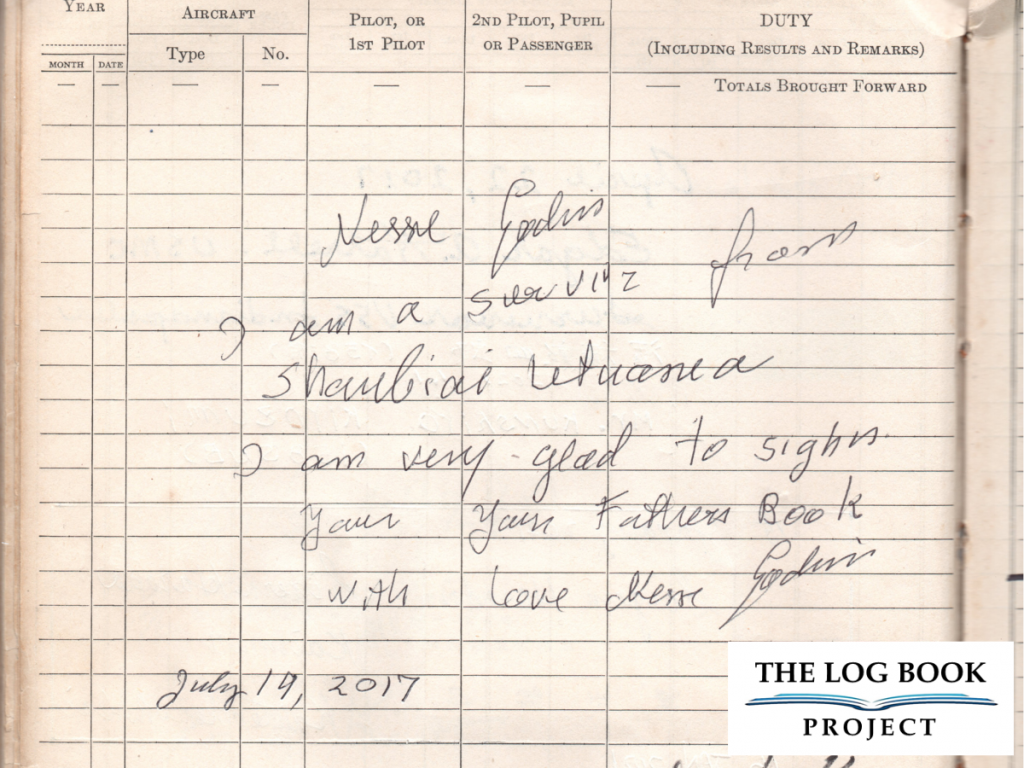
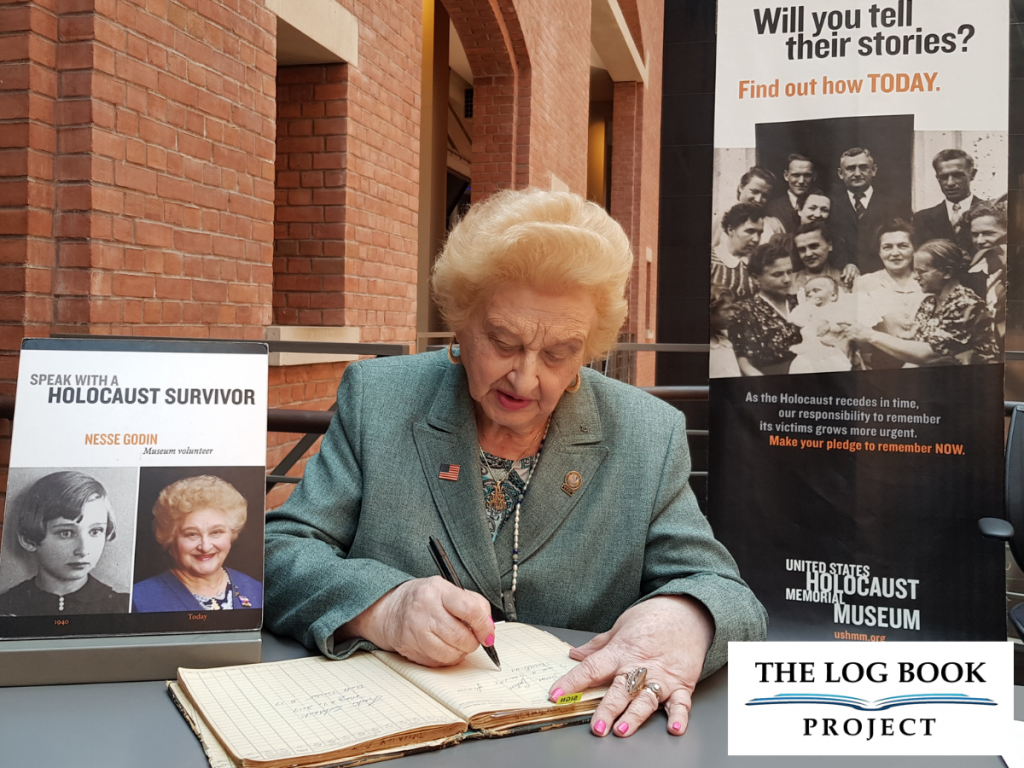
References


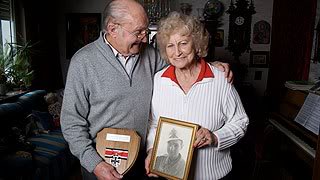

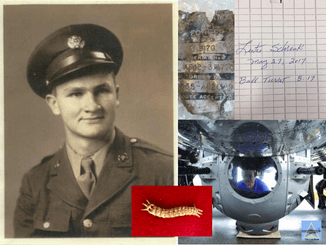
Be the first to comment